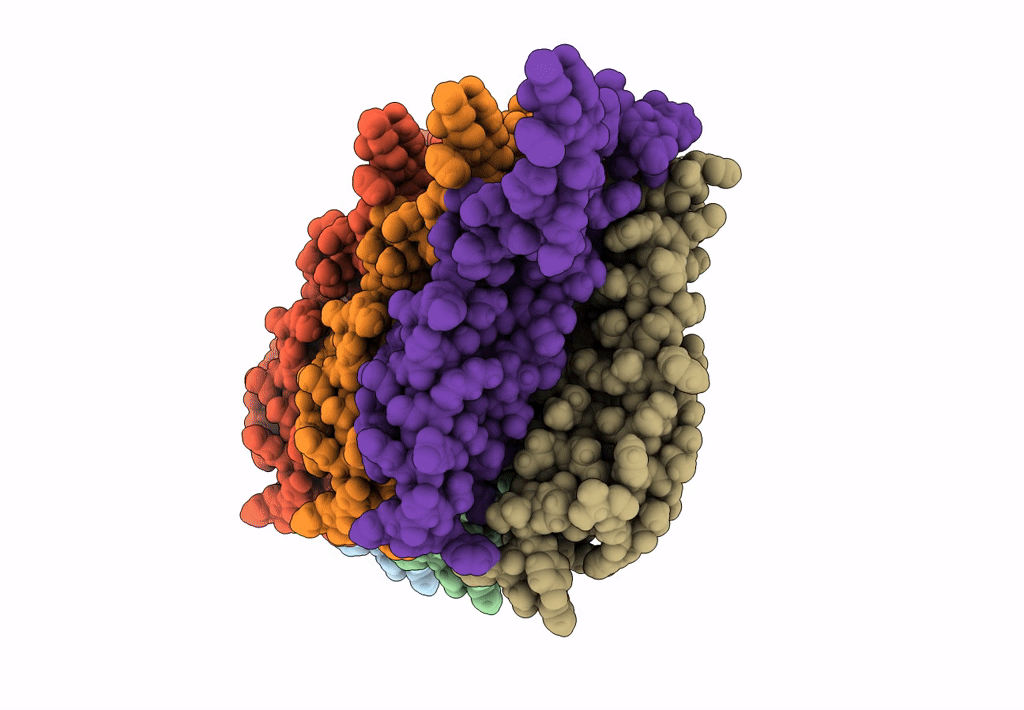
Deposition Date
2023-03-07
Release Date
2023-05-17
Last Version Date
2024-07-24
Method Details:
Experimental Method:
Resolution:
3.80 Å
Aggregation State:
FILAMENT
Reconstruction Method:
HELICAL


